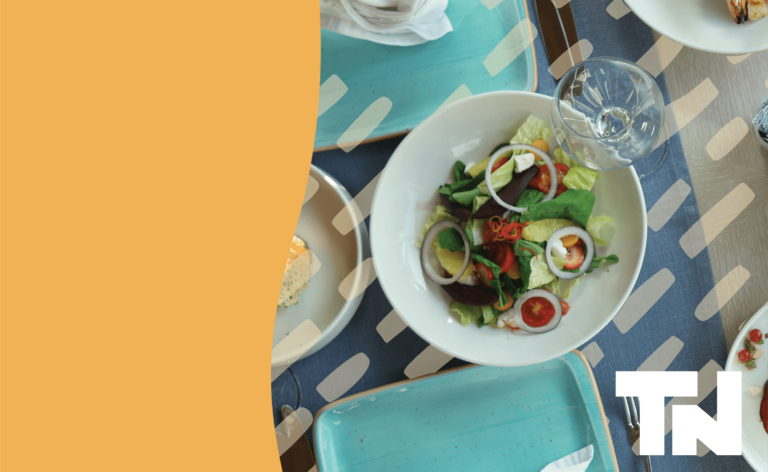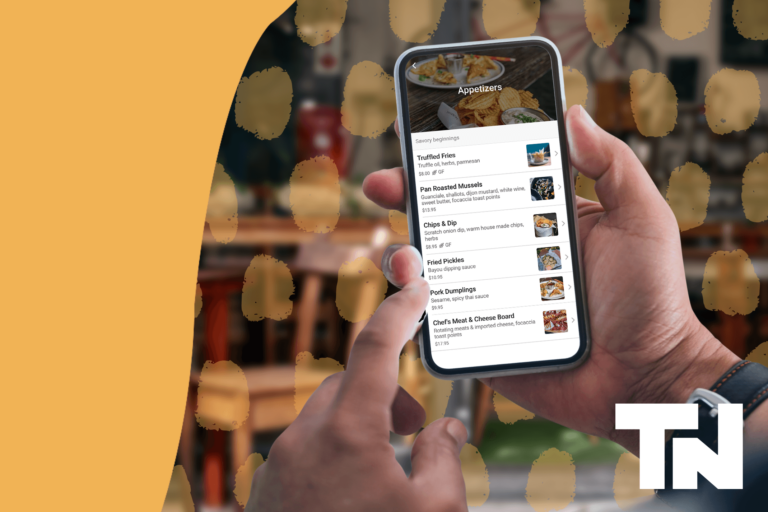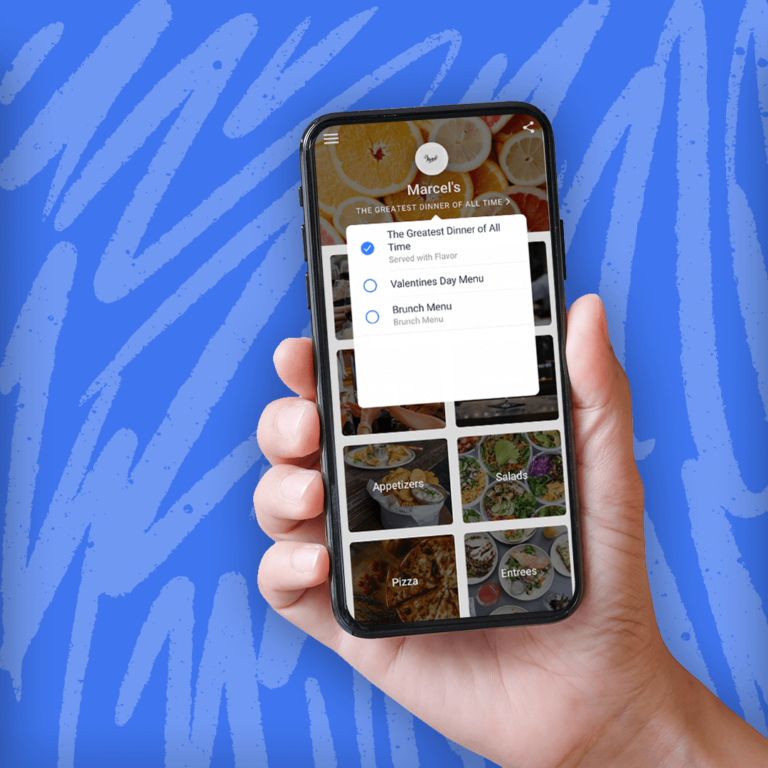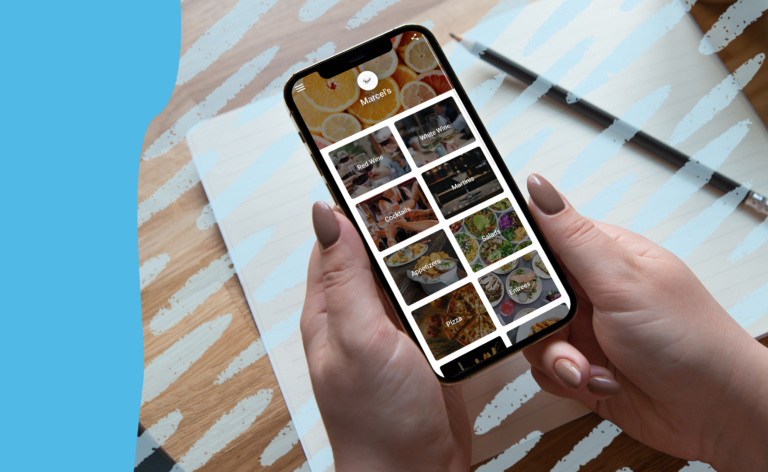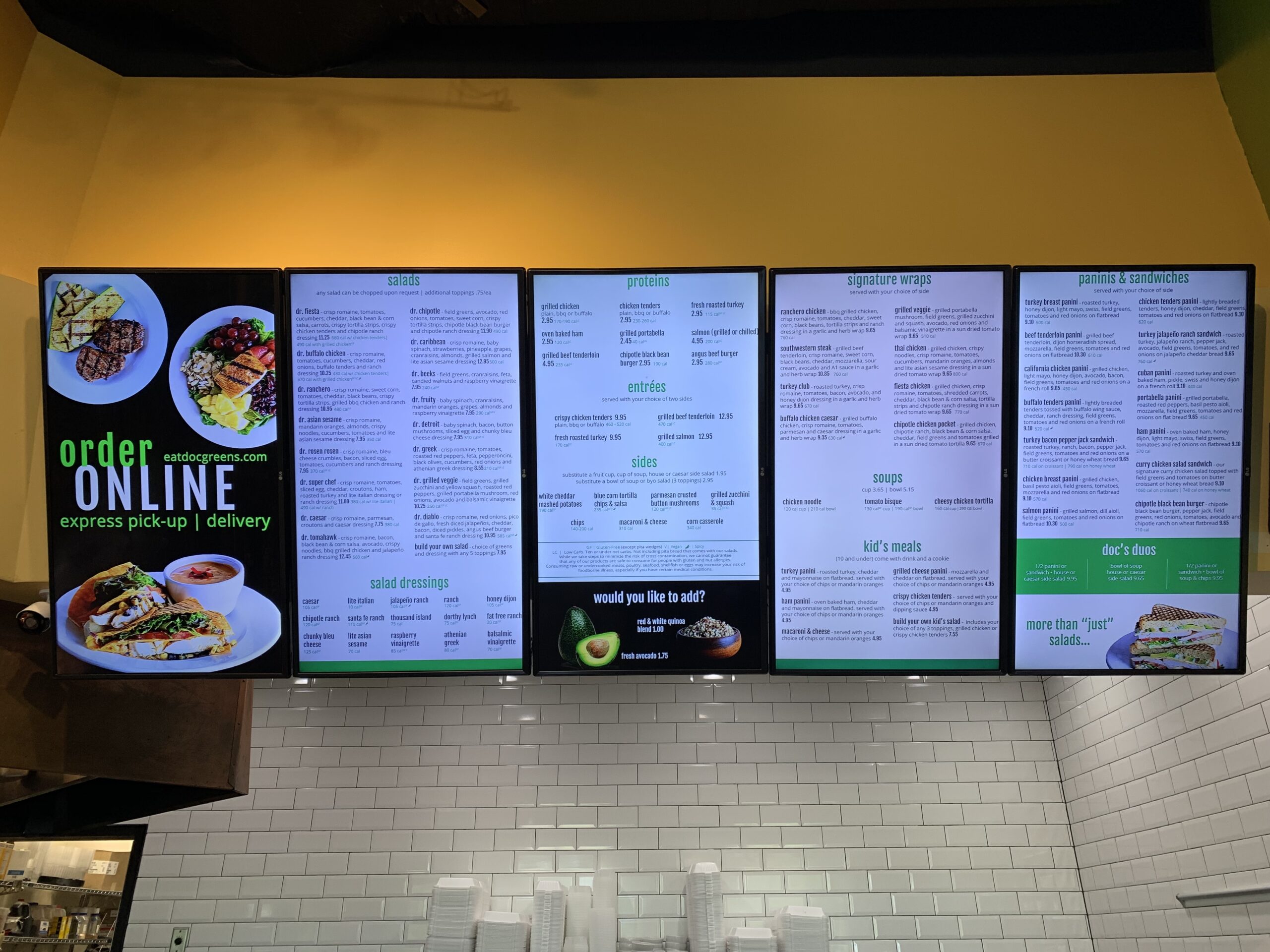Designing an Appetite With Menu Engineering and Restaurant Technology
If the simple menu you have printed and stacked behind the host’s podium is more complicated for you behind the scenes than bound sheets of paper ever should be, you’re in good company. And if your seasonal additions, price fluctuations, and subpar descriptions could use a little help, you’re in luck. Plenty of restaurants reach the point of having to revamp or do a complete 180 of their menus. Because Table Needs isn’t just a point-of-sale company, let’s check out your own menu engineering and see whether we can together tackle this common — yet solvable — challenge.
So What Exactly Is Menu Engineering?
Menu engineering is a data-driven approach to menu design — with a hint of marketing finesse. It analyzes the popularity and profitability of menu items along with human behavior patterns to determine the best menu structure and organization. Intentional menu engineering has been proven to increase restaurant profits by 10% to 15% because it shows the facts behind the fun.
While menu engineering has long been a practice for physical menus, an increasingly digital world requires an increasingly digital approach. Table Needs focuses on menu engineering for digital menus. Our platform gathers and reports on valuable restaurant menu data, like how menu changes increase profitability, possible upselling opportunities, and more.
Easy Menu Management With Table Needs
Sound complicated? It’s not — or at least not with Table Needs. We make digital menu optimization with engineering insights a breeze with our menu manager. Additionally, our menu engineers can assess where the clicks start piling in from, where upsell opportunities are, and where to place important information. And acting on this information can increase restaurant profits. For example, think about how many websites have attention-grabbing banners at the top to advertise sales. Similar concepts apply to digital menus. And unlike static PDF menus, we’re able to put important disclaimers where guests will definitely see them.
Here’s a run-down of how Table Needs’ menu manager can help restaurants optimize their menus with ease to drive profits:
1. Understand which menu items are performing best.
In marketing, A/B tests show advertisers how different choices impact audiences to see what resonates best. Table Needs applies the same concept to menus and makes it more convenient than ever. Chefs, or whoever’s creative genius is backing your menu engineering efforts, can assess whether rewording a description, changing an item name, or switching an image increases item sales. Our platform’s reporting allows partners to look at restaurant menu data for sales by item and distinguish whether a simple change can increase profits. And the best part? It can be done in a matter of seconds with our menu management system.
2. Upsell for the highest possible profit.
If you’re ambitious — and you have a flexible chef — upsells and profit expansion can be endless. Customers are more savvy to their servers’ efforts to make them spend more, so for them, it can come off as a bit insincere. So take the time to empower your restaurant staff with training to know exactly when and how to make upsells. Consider this example:
A Frutti Di Mare dish on your menu costs upward of $30. On its own, it’s a high-ticket item, but if your server points a customer to an add-on they might take interest in (lobster tail, anyone?) for an additional $10, you’re increasing the ticket (and the tip percentage) by a good chunk of change.
According to our estimates, only about 10% of mom-and-pop restaurants include upsells like the previous example in their staff training. Avoid the extra work by putting them directly on the menu. Menu manager offers the choice to include personalizations like add-ins, substitutions, or omissions listed below items on your digital menu. A customer who has a certain food or ingredient sensitivity, or simply just a preferred way to enjoy their choice meal, can be easily accommodated without any hassle. Also, like A/B testing, you can switch up the options to see which upsells perform best without overwhelming guests with too many modifiers.
3. Keep menus flexible.
Supply chain issues got you down? Between that and hard-to-locate ingredients, whether due to price or availability, having menu flexibility is key. Even locally sourced ingredients can be tricky to track down, as they depend heavily on outside factors, such as weather and crop output. But why make servers reiterate again and again what’s out of stock that day? Especially when customers might have already checked out the menu and made up their minds only to be disappointed that you don’t have what they want. Instead, our menu manager makes it easy to switch out ingredients.
One of the most advantageous things about a digital menu, and the ability to update it with ease, is the opportunity it brings to expand the chef’s capabilities and help patrons get more comfortable with frequently changing menus. In our experience, restaurants that offer limited and unique releases tend to be popular with customers. And if your restaurant isn’t quite ready to be so fluid? No worries. Disabling or marking menu items as sold out with menu manager is quick and easy. Essentially, it all comes down to a simple way of managing guest expectations without losing out on profits — and doing it in a way that works best for you.
4. Create a great experience — and help out the environment while you’re at it.
Digital menus aren’t for everyone. The Banks Fish House in downtown Boston, for example, does an excellent job of developing a whole experience with its physical menu, incorporating details down to the texture of the casing to the history of the restaurant. It’s like reading a really interesting book about what you’re about to eat.
We’d be naive to suggest that everyone should or will switch to digital menu offerings. It’s simply not the best move for every restaurant. But for smaller restaurants whose paper menus don’t add much to the experience, digital menus can only enhance the experience. And, of course, this saves you from printing paper — a nice plus for your budget and the environment.
Table Needs in Action
OK, so the benefits all sound great, but you’re still wondering how exactly this all works in practice, right? Great question. Allow us to illustrate:
The Situation
Pick a menu item — say your twice-baked potato, priced at $5.99. Servers haven’t struck any luck selling it, chefs don’t think the effort in the kitchen is worth it, and because of production costs, you’re two seconds away from taking it off the menu. You’ve been using Table Needs for a couple of months, and you let us know about the issue. But it’s also a recipe from the beloved family matriarch, so you’re not too excited to be at this crossroads.
The Current Menu
Your menu currently displays this item as “Twice-Baked Potato. Fresh baked potato. Comes with sour cream and chives. $5.99.”
Enter Table Needs
Our first suggestion will be to test the menu name. Everyone’s had a baked potato before, but have they had Grandma’s famous baked potato? Unlikely! Everyone has a soft spot in their hearts for a recipe passed down from generation to generation, and patrons will feel special making that connection with the owner. So change the name to “Grandma’s Famous Baked Potato.” When servers bring guests to their tables, have them share the story: “How about Grandma’s famous baked potato? It’s a recipe passed down from the grandmother of our owner, and when he opened the restaurant, it was one of the first menu items he added.”
Next, we would suggest testing out the description of the menu item. Sour cream and chives are great and all, but they’re also standard. And this is no regular baked potato, right? But what makes it special besides the fact that it’s a home-grown recipe? Fact: A twice-baked potato is a roasted potato with the potato scooped out, made into mashed potatoes, and then baked again for a buttery, crispy top and a warm, smooth center. Add flair and details like that to the description: “Cheesy, creamy mashed potatoes stuffed in crispy, salty skins. Topped with bacon, sour cream, and chives.”
We’re making progress already! But we’re not done yet. Adding an image has shown to improve sales significantly, and we offer consultations to help improve menu photography and strategize how to get the most appetizing shot.
And last but not least? Placement. Featuring the menu item is sure to capture the attention of patrons, especially with beautiful photography. Use Table Needs’ menu manager to create a featured category and place an item at the top of your menu. It’s easy to change frequently to test new items. Do keep in mind, however, that your traffic will impact your results. Sales data will vary widely from a slow day to a busy one, so consider testing on your busiest days each week to get the most accurate insights.
So You’ve Got All This Data … What Now?
You’re having a great time strategizing, reorganizing, and testing with menu manager. Great! But what does it all mean? How can you actually derive useful information from the numbers and turn it into profits?
Start by looking at your top sales by item. What’s your best-selling item? Is it on par with what you’re spending for ingredients and menu items?
Next, check the lowest sales by item. What trends can you see from your lowest-selling items? Are there any expensive ingredients you could cut back on if you removed the items from the list?
Now, compare week-over-week sales by item. After A/B testing, it’s important to see whether changes increased item sales appropriately.
Lastly, it’s time to analyze your voids and comps. Inspect whether any were due to guest dissatisfaction. If a guest sent something back because it wasn’t what they expected, take it as a sign: You probably want to add more detail to the menu item description.
For example, one common menu misunderstanding is “white sauce.” People who are lactose-intolerant might interpret that as a wine sauce. But the menu description could be modified to clarify that it is a “creamy white sauce.” Another factor could be that a guest didn’t enjoy the taste or spice level. If that Scoville scale measure is higher than they expected, and they didn’t want or don’t like spice, you might want to stamp a little “spicy” icon next to that menu item. (We all know the flame is cool, but the chili pepper is cute, too.)
All in All, Table Needs Elevates Your Menu to a Valuable Marketing Tool
Now we’re cooking with grease. Your ultimate goal (besides the happiness of guests and their bellies) is to make money in restaurant management. Make profits. Get bread. Make dough. Cheddar. Cabbage. Chips.
But marketing often seems like a luxury for small fronts like mom-and-pop shops. Most rely on word-of-mouth recommendations, which adds to the charm. It’s what we love most about them: their commitment to and involvement in the community. And word-of-mouth marketing will always be an excellent way for people to learn about and drive more visitors to excellent and deserving restaurants.
What’s great about Table Needs is that it can act as a sort of extension to your word-of-mouth marketing, like how social media can. The way you’d post those food photos on your Instagram and Twitter is the same way you’d engineer your menu to feature certain items; change the view of menu items; and update photos, descriptions, and names.
We’ve seen that photos of items under the “featured” lists help promote daily and seasonal specials and, in turn, increase sales. Imagery can also encourage guests to try new things, and featured items can help guests who are used to physical menus discover more opportunities on digital ones.
Another great way to utilize our menu management system is to create a menu for events, additional information, or even store merchandise. Or if there’s a band coming to town, why not sell tickets at the top of your menu? The capabilities to promote and explain more to guests when and how you want are endless.
Think about it:
- A local bar does a specialty cocktail menu for every holiday. EVERY. HOLIDAY.
- An elegant vineyard in California promotes holiday events and exclusive wine club packages. Popular ones, too.
- A popular mom-and-pop publishes a cookbook of beloved menu items authored by its esteemed chef.
- A bowling alley has a lane-side menu to avoid missing a second of the game.
We could go on and on with the possibilities, but it really all comes down to one common thread: elevating the dining experience for guests. Aside from the service and the food itself, another huge part of the experience is just choosing what to order — and enjoying what you get. But don’t overlook the importance of that aspect. Patrons consider so many factors when picking what to eat: Is the outing a date? Just a quick meal? A celebratory situation? Whatever the case, make sure your menu adds to the excitement and helps shape an excellent experience, no matter the occasion.
If you’re ready to enhance your customers’ dining experience, switch out menu items at the drop of a hat, change prices without a cumbersome paper trail, and test out images and descriptions like they’re going out of style (because they might be), get in touch. Let’s get started on advanced digital menu optimization today.
Follow us for tips, news, and tutorials to run a successful small restaurant.

